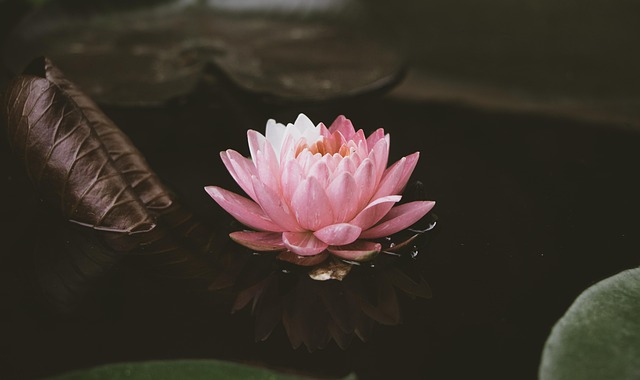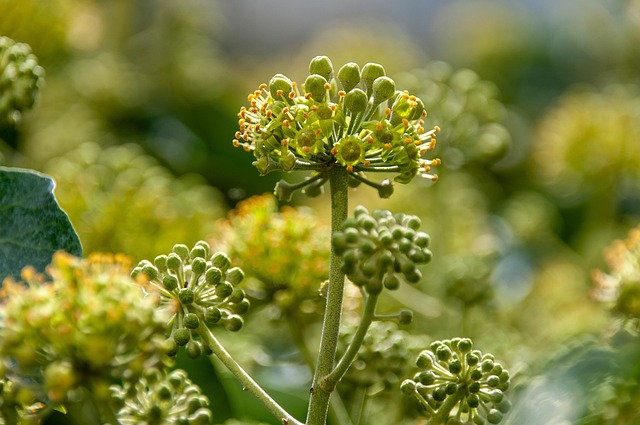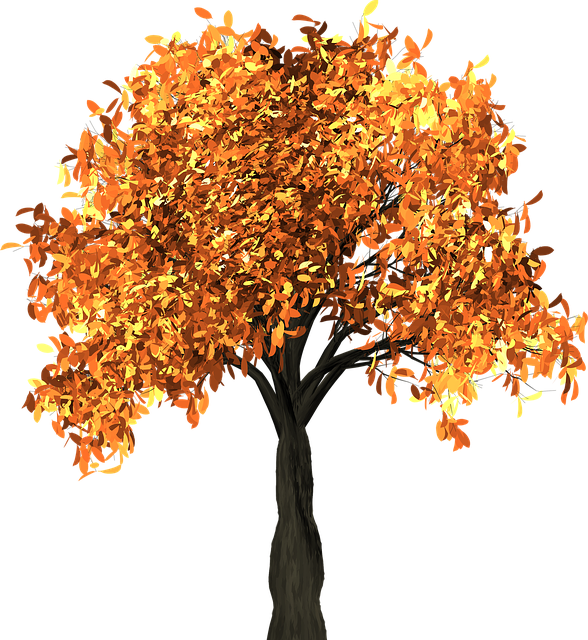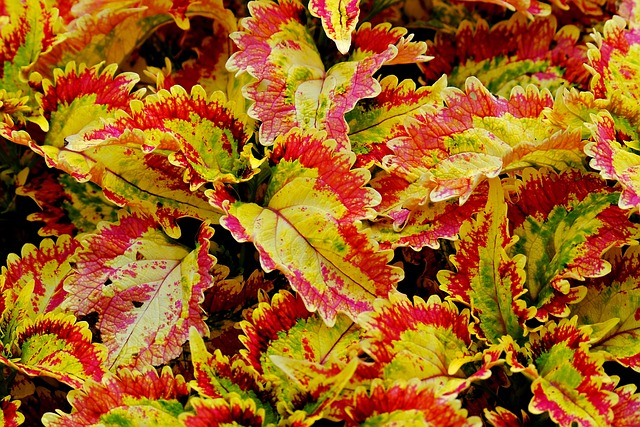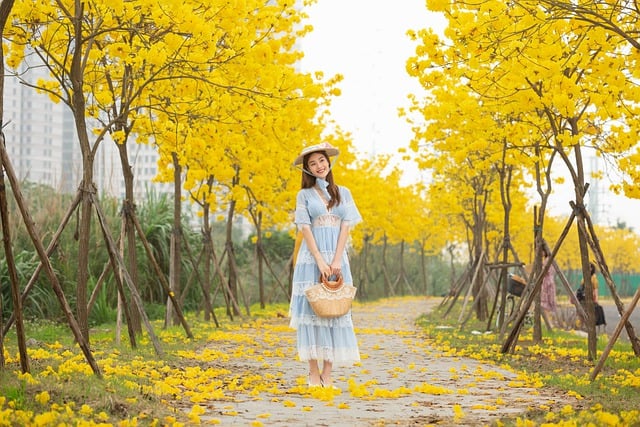Join forager Frank Flora in unlocking nature's secrets. His art of forest foraging combines keen observation, botanical knowledge, and respect for the environment, enabling safe gathering of wild edibles and medicinal herbs. By learning plant characteristics and local flora, you can navigate forests responsibly, preserving the ecosystem while discovering hidden therapeutic and culinary treasures within.
Explore the untapped resources of your local forests with our comprehensive guide to forest foraging and plant identification. Unlocking Nature’s Secrets delves into the art of recognizing frank flora, offering a detailed look at common edible and medicinal plants. From ethical practices and safety tips to navigating the intricate tapestry of woodland ecosystems, this guide equips you with the knowledge to safely forage and harness nature’s gifts.
- Unlocking Nature's Secrets: A Guide to Frank Flora Identification
- The Art of Forest Foraging: Ethical Practices and Safety Tips
- Navigating the Tapestry: Common Edible and Medicinal Plants in Your Woods
Unlocking Nature's Secrets: A Guide to Frank Flora Identification

Foraging in forests and identifying plants can feel like unlocking nature’s secrets. It’s an art that combines keen observation, botanical knowledge, and a deep respect for the natural world. Understanding the unique characteristics of each plant species—from leaf shape and color to bloom time and fragrance—is key to becoming a proficient forager. With practice, you’ll learn to navigate by their distinct “fingerprints,” allowing you to gather wild edible plants and medicinal herbs safely and responsibly while appreciating their beauty and ecological significance in the forest ecosystem.
The Art of Forest Foraging: Ethical Practices and Safety Tips

The art of forest foraging is an ancient practice that involves searching for wild edible plants, fruits, and herbs in their natural habitat—the forest. It’s a skill passed down through generations, often associated with Frank Flora, who has been instrumental in promoting sustainable foraging practices. Foragers must possess a deep knowledge of local flora to ensure they identify the right plants safely. This practice is not just about sustenance; it’s also an immersive experience that connects foragers to nature and promotes environmental stewardship.
When venturing into the forest, safety is paramount. Foragers should always research and understand the laws and regulations regarding plant collection in their area. It’s crucial to have a field guide or expert knowledge to accurately identify plants, avoiding toxic look-alikes. Wearing appropriate clothing, carrying essential tools like a knife or scissors, and staying on designated trails are basic safety measures. Additionally, respecting the environment by only collecting what is needed ensures the forest’s ecosystem remains balanced for future generations to enjoy.
Navigating the Tapestry: Common Edible and Medicinal Plants in Your Woods

Navigating the intricate tapestry of forests, one discovers a rich bounty of edible and medicinal plants, often overlooked yet abundant. These green oases offer a plethora of knowledge for the intrepid forager who knows where to look. From the familiar dandelion to the elusive wild cherry, each plant has its unique story and purpose. The skilled forager learns to identify these hidden gems, understanding their flavors, textures, and therapeutic properties.
In the heart of nature, a wealth of wisdom awaits; it’s up to us to unravel it. The Frank Flora of our woods provides sustenance and remedies, each leaf, stem, and flower carrying the potential for healing and culinary delight. Embracing forest foraging is not just about gathering plants; it’s a journey into the ancient connection between humans and the natural world.
Forest foraging for edible and medicinal plants, when done ethically and with proper plant ID skills, offers a fascinating connection to nature. By understanding the frank flora (including both common and rare plants) that surround us, we can unlock a wealth of knowledge and sustenance hidden within the woods. Navigating this natural tapestry requires careful identification techniques and respect for the environment, ensuring a safe and rewarding experience for folks interested in exploring their local ecosystems.

